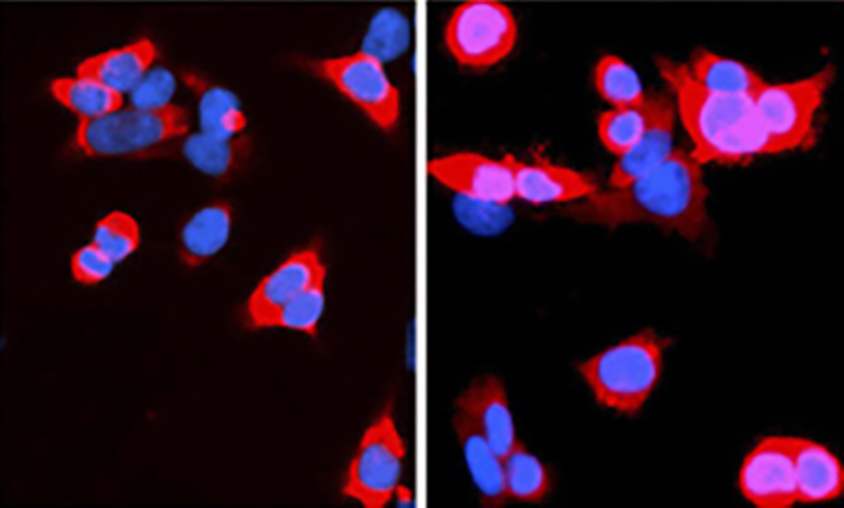
THIS ARTICLE IS MORE THAN FIVE YEARS OLD
This article is more than five years old. Autism research — and science in general — is constantly evolving, so older articles may contain information or theories that have been reevaluated since their original publication date.
Tucking CRISPR between two molecules allows researchers to toggle the gene-editing tool on and off1. The modification could allow scientists to study the effects of autism-linked mutations during key periods of development.
The CRISPR method uses an enzyme called CAS9 to snip out sections of DNA and replace them with new sequences. Researchers have used the tool to introduce mutations seen in people with autism into mice. But there is no easy way to turn the tool on and off.
Certain wavelengths of light can shut CRISPR down, but using them requires specialized equipment. The new modification, called iCas, uses a widely available chemical to control CAS9 activity. The work appeared 19 September in Nature Chemical Biology.
Researchers built the new system with part of a protein that binds the hormone estrogen; they chose this fragment for its ability to interact with a molecule that offers a way to control the fragment’s location in a cell. They fused the fragment, called ERT2, to CAS9, adding one copy on either side of the enzyme.
In this configuration, CAS9 can’t get inside the nucleus to access the cell’s DNA. The researchers then add a small molecule called 4-hydroxytamoxifen. When this molecule binds to the ERT2 units sandwiching CAS9, the whole complex can traverse the nuclear membrane. Once inside, CAS9 gets to work, snipping the targeted genes. When researchers wash away the 4-hydroxytamoxifen, the system turns off again.
The researchers successfully tested the system in five human cell lines, targeting a total of 13 locations in the genome.
The system could be used to manipulate chemical pathways in cultured cells. It could even be engineered into animal models to probe a gene’s function at different stages of brain development.
By joining the discussion, you agree to our privacy policy.